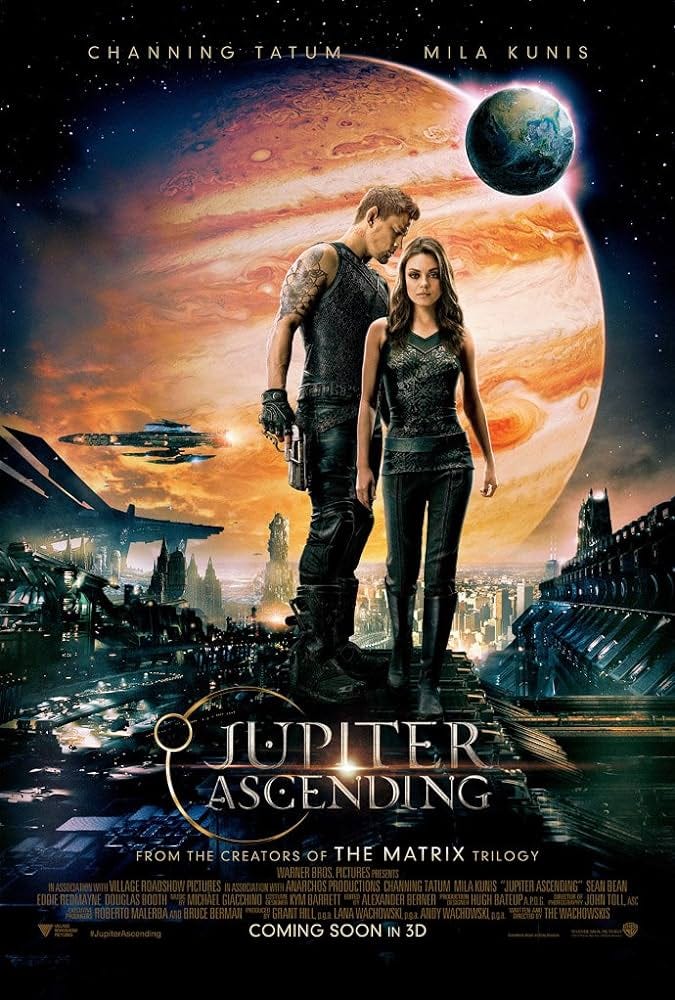Rebel Moon – Part Two: The Scargiver
It’s even worse than you’d expect.
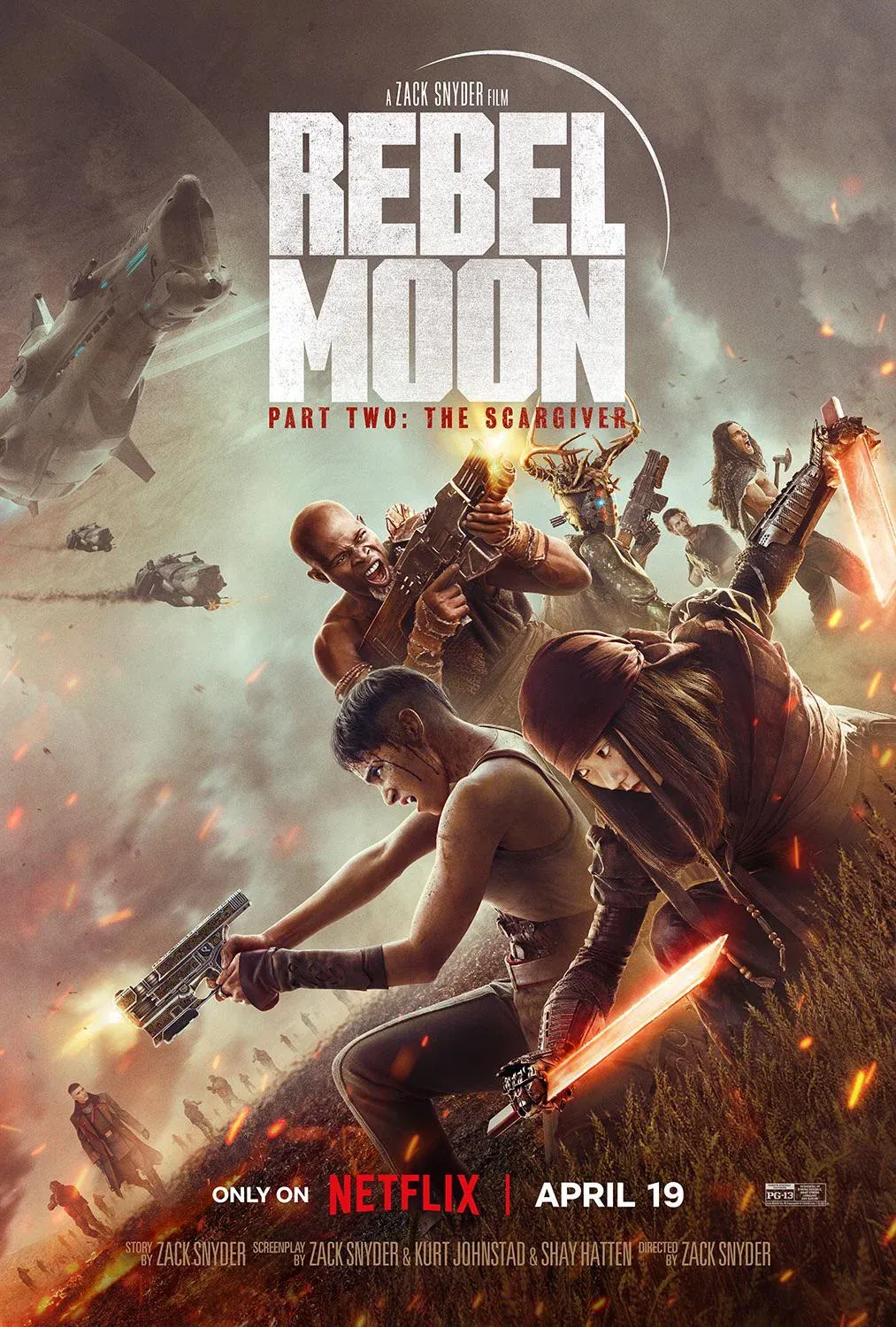
Rebel Moon - Part Two: The Scargiver, this rough beast, its hour come round at last, slouches towards Netflix to be born, continuing the epic saga that began with Rebel Moon - Part One: A Child Of Fire, with a sequel that dares to ask the question: “Hey… do you like slow motion?”
I absolutely love the 2004 reimagining of Dawn of the Dead (notably written by James Gunn), so I definitely do not hate all of Zack Snyder’s films. It’s just that most of them are… not good, especially now that he seems to have more autonomy when it comes to his projects. Prone to meandering narratives in desperate need of a good editor and a second draft, stuffed with poorly considered Easter eggs and pointless tangents, all of while are hobbled by an overuse of speed-ramping and slo-mo, that’s all I can really say about his movies… they just aren’t very good.
But I will say this for Zack Snyder, at least his personal aesthetic is consistent.
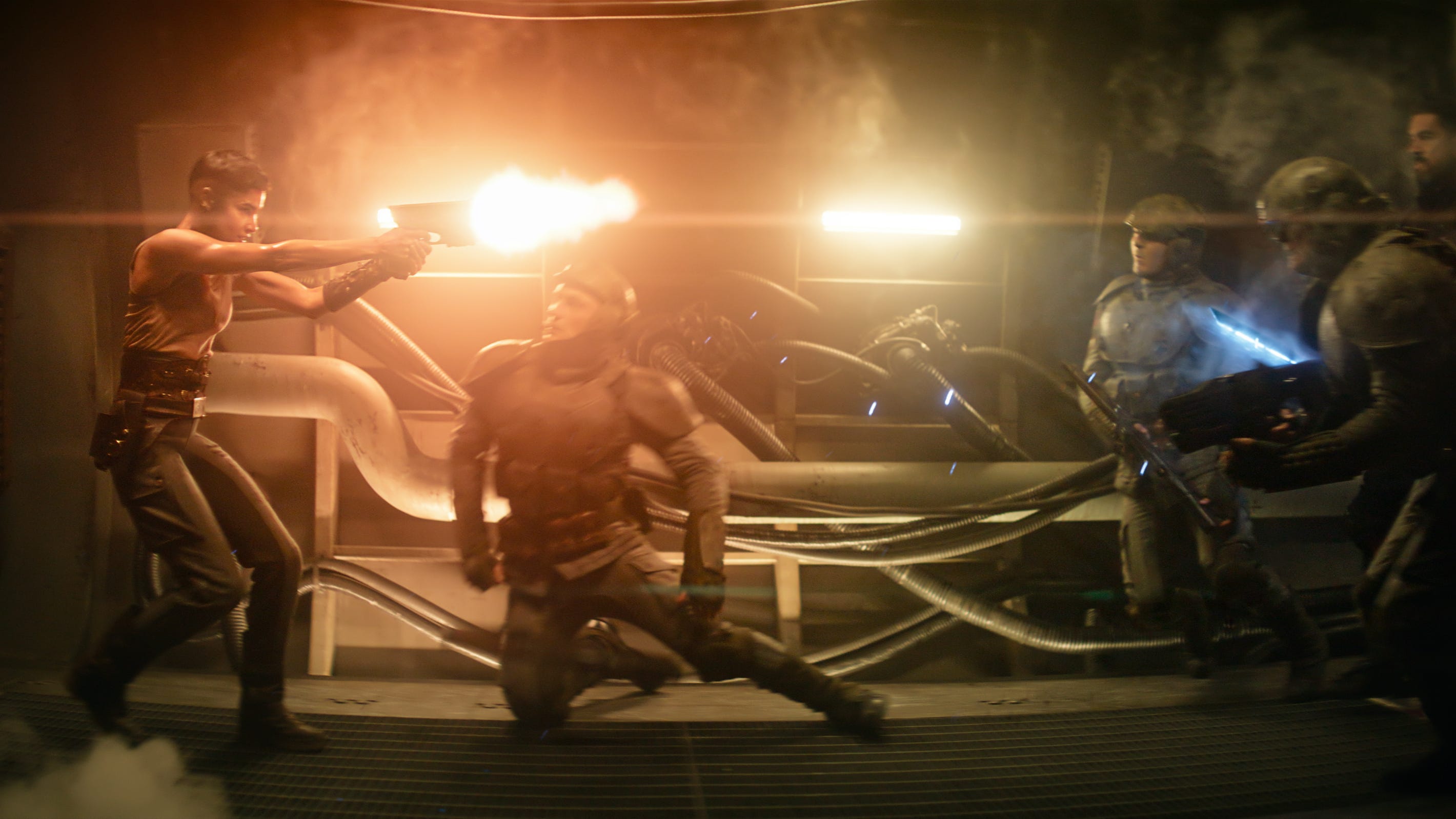
It’s ugly as hell, but it’s consistent.
I’ll admit it, after the first Rebel Moon, I had zero expectations that the follow up would be any good at all, and I was not disappointed, because Rebel Moon - Part Two: The Scargiver, a wannabe original franchise scavenging its worn-out pieces off of Star Wars, Dune, and Heavy Metal, amongst other better franchises, is fucking terrible.
Fucking terrible.
So… after gathering a group of misfit rebels, and seemingly killing the Space Nazi Admiral in charge of the local Imperial Space Nazis, Kora and the surviving band of warriors return to the peaceful Amish Space Viking village on the backwater moon of Veldt, ready to celebrate their victory. Unfortunately, they’re celebrating too soon, as Admiral Space Nazi is almost immediately brought back to life, but now with extra strength Nazi Power! Soon enough, Admiral Space Nazi is back in his jack boots and Hugo Bosses, bound and determined to take all the grain from the good Amish Space Viking people of Veldt.
And also to kill Kora, of course, because she killed him, which he understandably holds a bit of a grudge about. Kora gave him a scar when she did it too, which is then repeatedly pointed out to us, as we are reminded how Kora is known as the Scargiver, but not for giving Admiral Space Nazi a scar, but for giving someone else a scar. This one is just more of Kora being Kora, apparently, because she’s the Scargiver.
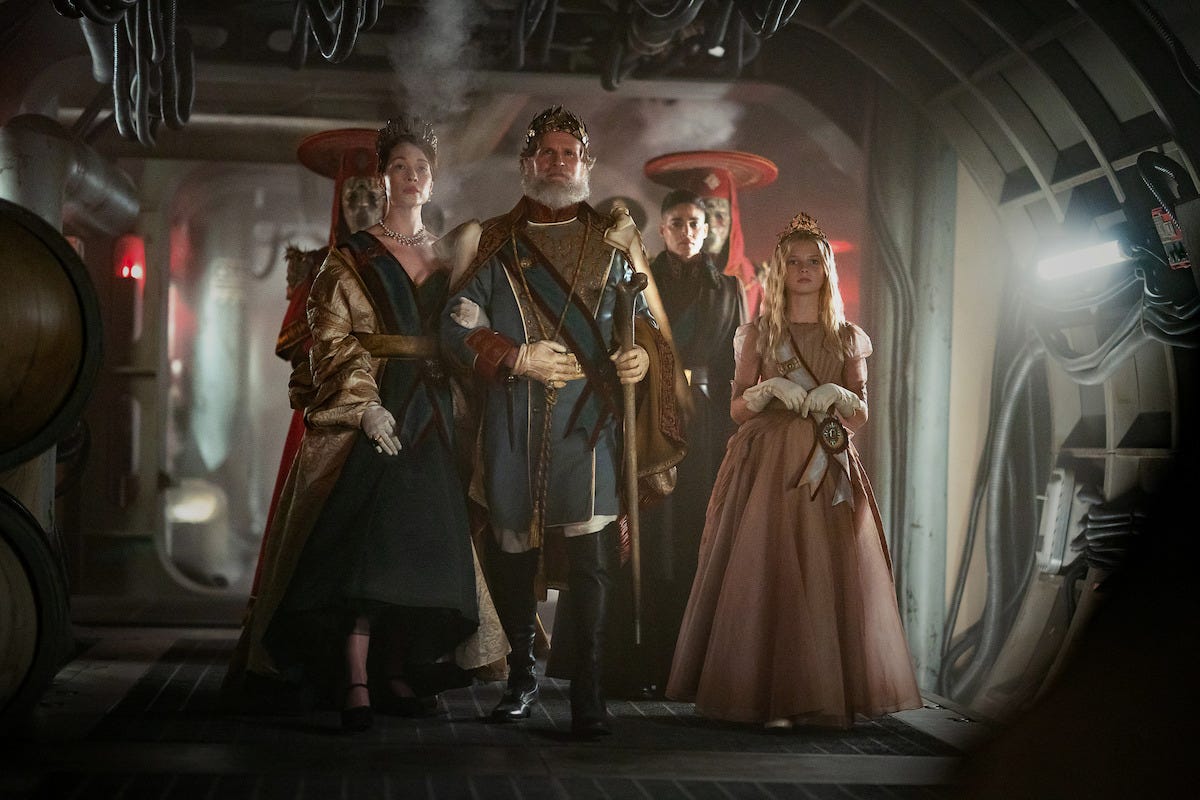
But lucky for Kora, she isn’t alone.
For standing with her against Admiral Space Nazi, and his Not-a-Star Destroyer full of Space Nazis, is a motley gaggle of warriors like Kora’s boyfriend, Farmer Ted, and the asymmetrical top-wearing General Titus, along with the no-shirt-wearing Tarak, the faux-Jedi Nemesis, and Milius, who is also there. They’re backed up by potentially dozens of farmers with pitchforks and hunting rifles, like bald old man with a beard, muscular guy with a black beard, little blonde boy, and the farmer’s daughter.
There’s also Jimmy, the last of the mechanical knights, a robot who looks like a grim and gritty C-3PO, and isn’t as cool as IG-11.
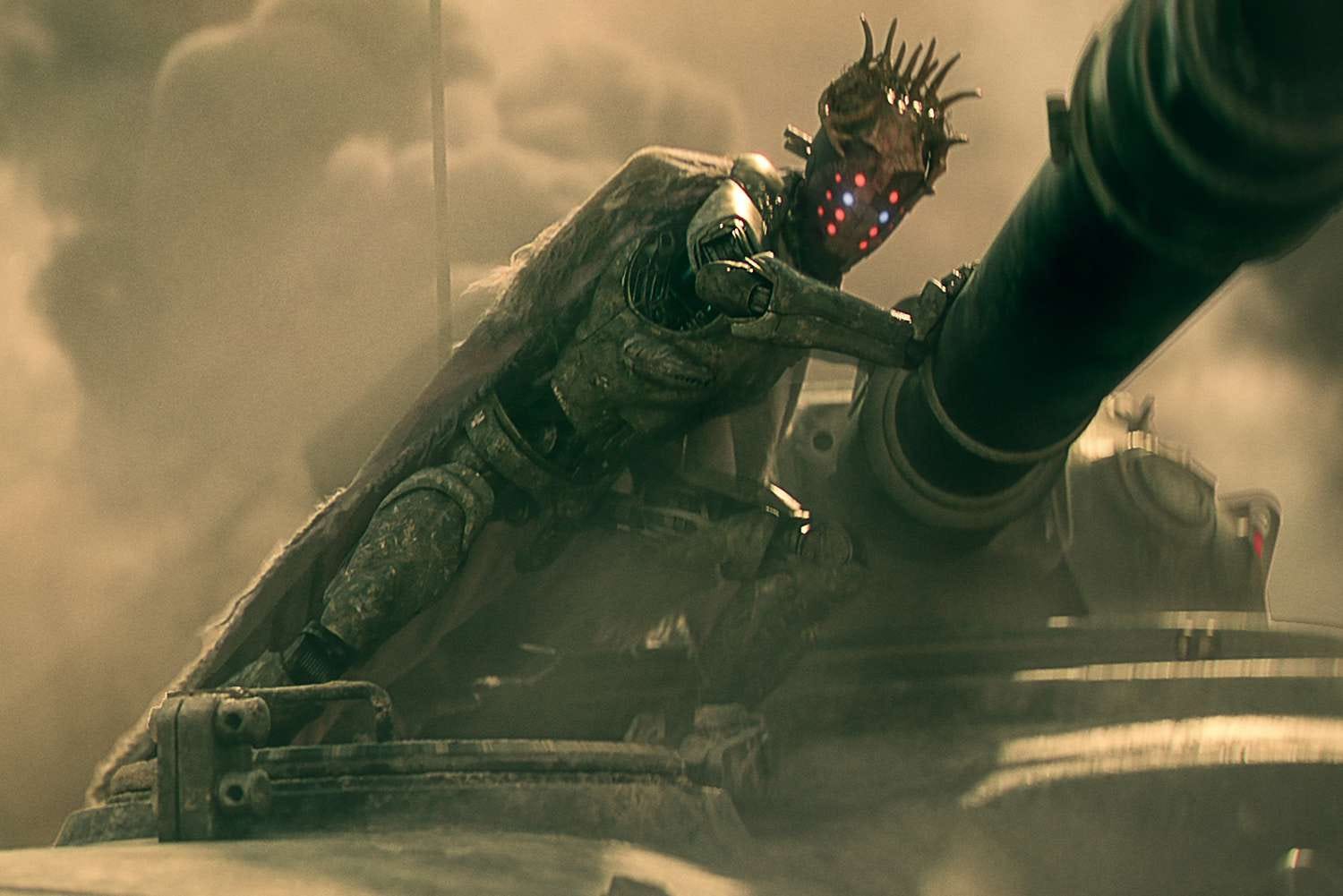
This film is all problems, from top to bottom, nothing but problems.
But the main issue—just like in the last film, so points for consistency, I guess—is best highlighted by the fact that there is a really long grain harvesting sequence, and it is almost entirely done in slow motion while a rousing orchestra plays. I can only assume it was done this way in order to minimize the chance of accidentally creating an opportunity for some character growth, or maybe providing some insight into the small group of warriors who have, for the most part inexplicably, agreed to fight a starship full of battle-hardened soldiers alongside a couple dozen farmers.
Instead of letting this kind of character development happen organically, we are told who each warriors is in a sequence where the farmer’s daughter bestows a washcloth on each of them in turn, like she’s Galadriel seeing off the Fellowship, each washcloth symbolically embroidered with the specific warrior’s alleged personality.
And just in case the washcloths didn’t convey the personalities clearly enough, the warriors later sit around a table and, one at a time, recount their backstories to each other, complete with dramatically overly-stylized flashbacks that absolutely suck away what little momentum the film has.
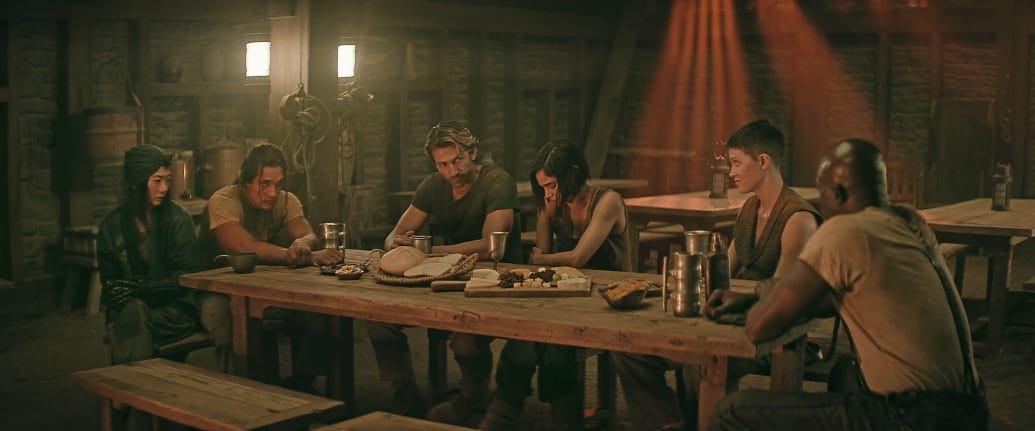
Why show when you can tell, right?
Even worse, the backstories provide the thinnest of motivations for why these characters decided to join this fight, which highlights the film’s other main issue, which is that nothing that happens in this film makes any sense as to why any of it is happening. There’s no cause/effect link to any of the events. This is because the script seems to be the result of a mindset that prioritizes “cool” over critical consideration, mixed with a general lack of storytelling ability, coupled with the assumption that the audience will just roll with it all anyway, because this is all simply how things are supposed to happen in a Seven Samurai story.
For example…
Why would the heroes just assume that the Space Nazis would go away if Admiral Space Nazi was dead? And even if Space Nazi protocol means they have to return to the Motherworld for a new Admiral Space Nazi should the old one die, why wouldn’t the heroes just assume that they’d immediately return to Veldt? Watching the film, it’s obvious the filmmakers decided this section of the movie would be the place for all of the cliched bonding moments and chaste romantic scenes to take place, in an effort to get them all out of the way before the big fight, but this just makes them all feel as rote and perfunctory as the non-sex scenes in a porno.
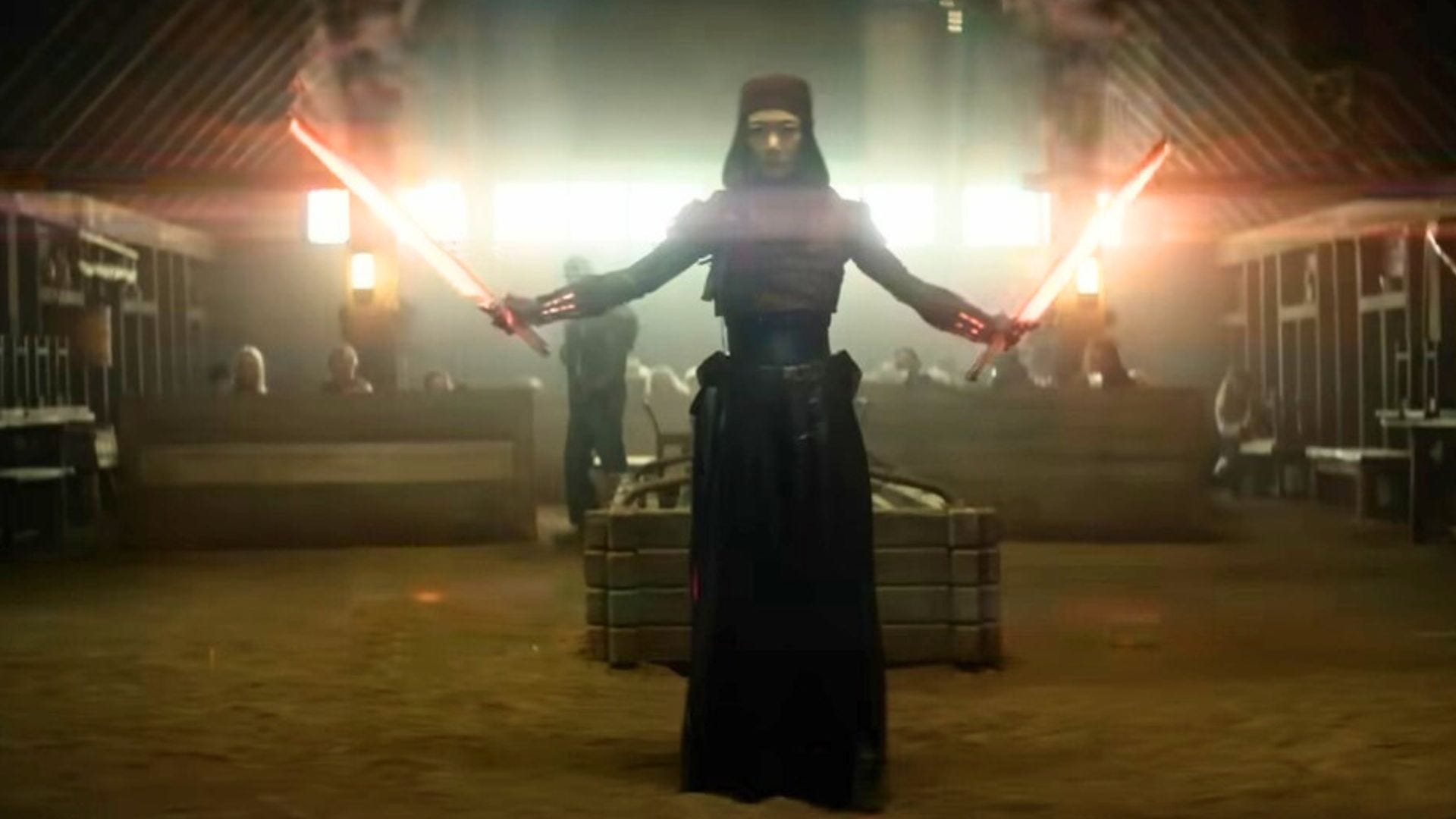
Piling the grain among the houses and using it as a shield answers the question of why the Space Nazis don’t just drop an orbital bombardment, but it doesn’t explain how the small numbers of warriors and farmers would even matter. The town of Veldt is no Thermopylae, you see this clearly several times in the film, and even if it were, it wouldn’t matter when they’re facing Space Nazis with gunships that can insert troops directly into the town. Having the Space Nazis just slowly walk in a line across the open fields makes no sense, unless you just don’t give a shit about giving any kind of reasonable thought to your action set pieces when you’re writing the script, because all you want is a generic big battle.
The film also doesn’t really explain why the Space Nazis even need the grain. It’s insinuated that the empire is failing and needs resources, but again, the town of Veldt seems to have a population of a few dozen. Also, the townspeople harvest their grain in the space of a couple of days, so in terms of feeding an empire, it’s just can’t be that much. Eventually, Admiral Space Nazi is like “fuck the grain, we don’t need it,” so at that point, why would the grain have even worked as a shield in the first place, if it’s so easily discarded as unimportant in the end? Unless of course, the whole point was to explain why the Space Nazis don’t just start off with an orbital bombardment…
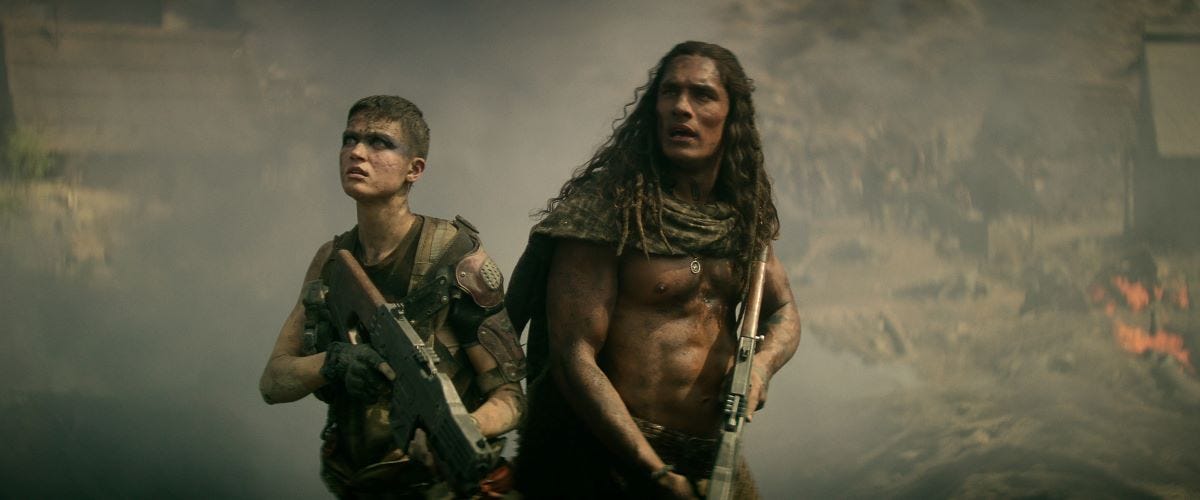
Alone, these are minor nitpicky issues, but both scripts are full of them. In fact, they’re built off them. That the filmmakers don’t address these issues, and others, is the key to why Snyder’s films are usually so bad, because solving these kinds of issues is how you get an actually good story.
But they don’t address these issues.
As a filmmaker, Snyder is now always too concerned with backstory that never appears on-screen, so instead, we get the kind of film where you always know when a hero is about to die heroically, because first they get to stand center stage in the spotlight and do something “cool” before falling in slow motion.
For as hollow as this story ultimately is—for as hollow as most Seven Samurai riffs usually are—I really think this might’ve been better suited as a Seven Samurai plug-and-play Star Wars story. I mean, if you’re not going to really bother doing any of the world-building, it might as well be set in a world that’s already known, right? But as the story goes, this pitch was “too bad ass” for the Disney Star Wars, too “punk rock” for mainstream sci-fi…
Whatever you need to tell yourself, Zack…
Instead, we end up with is a supposedly original story that is obviously anything but, nothing but a narrative house of cards that collapses with but the smallest of pushes. It’s clear there’s a lot of passion behind the way this film goes through its very cliched Seven Samurai motions, but this only highlights how poorly done everything else is.
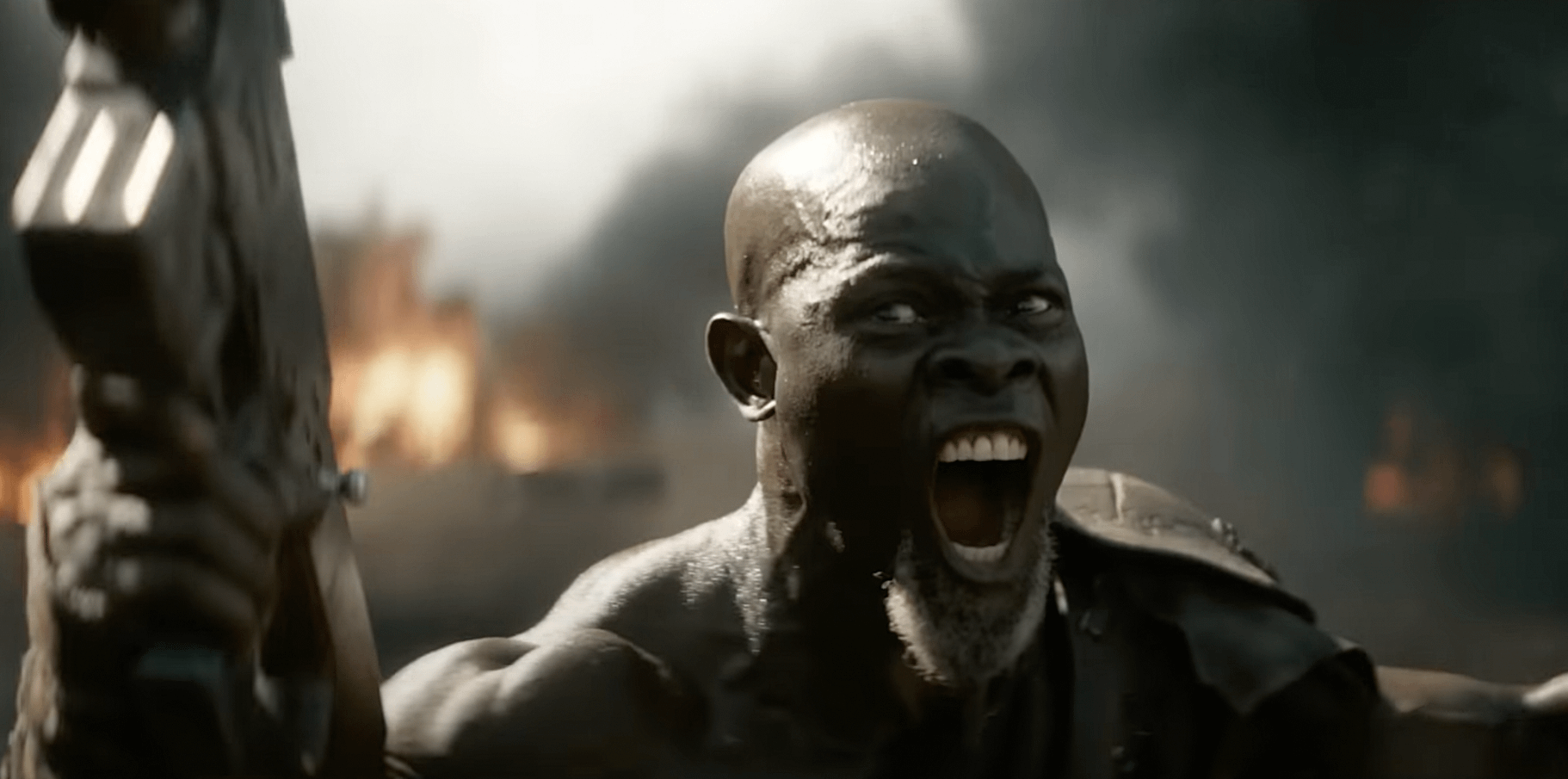
But perhaps worst of all… the battles are surprisingly not awesome.
You’d think that would be the big selling point too. “Yeah, it’s nothing but poorly executed cliches, but the fights are super bad ass!” Except they’re not. They’re not bad ass at all, they’re surprisingly dull, and shoot in the most unimaginative way too. Plus, and I know it sounds like a joke, like I’m beating a dead horse that’s been beaten way too much, but god damn… there’s just way too much slow motion.
Way too much!
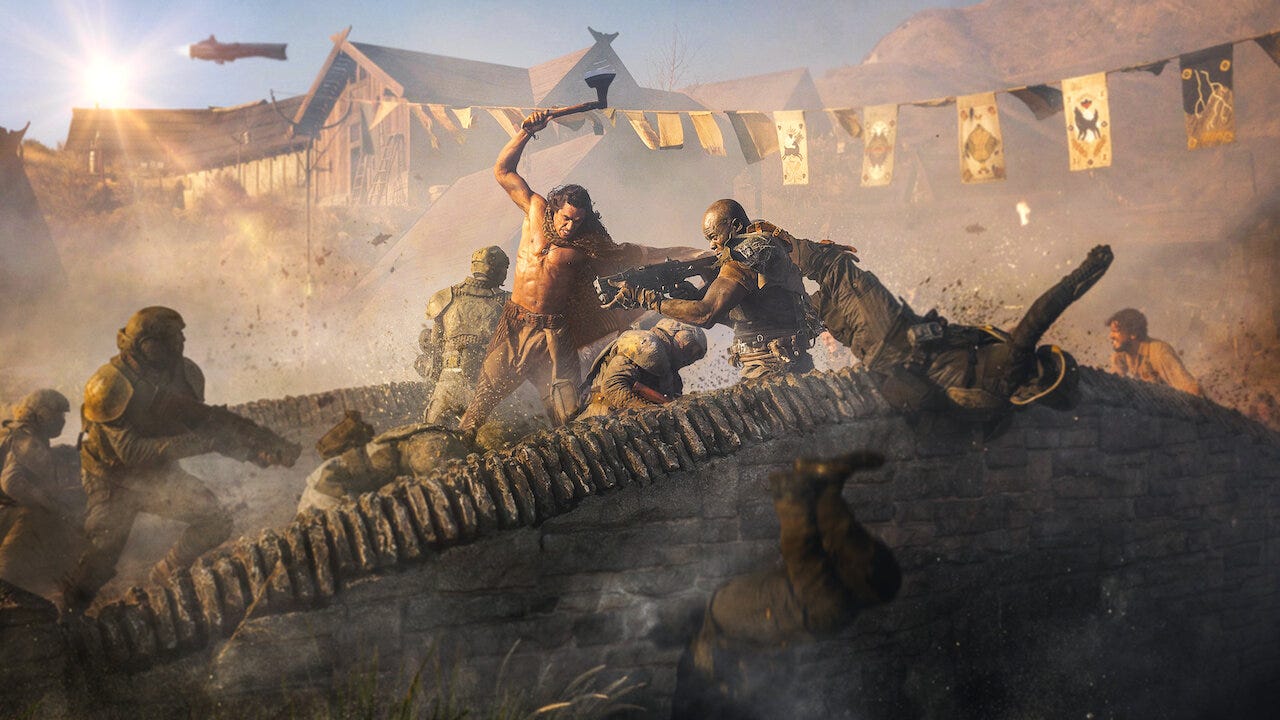
Does Rebel Moon look good? Yeah, sure. A lot of the designs are kind of cool too. Zack Snyder has a great eye, he’s just a shit Director and an even worse Writer. I wish he working as the DP on an actually good sci-fi film, or maybe on Production Design, instead of being allowed to make blandly mediocre film after blandly mediocre film.
In the end, laborious, obvious, and incredibly dull, calling the Rebel Moon movies ridiculously bombastic and melodramatic is giving the words short shrift. I doubt I will ever revisit either one of these films, because there’s nothing of any value here. If I ever want to watch an “almost good but very much isn’t” sci-fi film, one that feels like I’m watching a bad adaptation of an old sci-fi book series that I’ve never actually read, I’ll just watch Jupiter Ascending instead.
